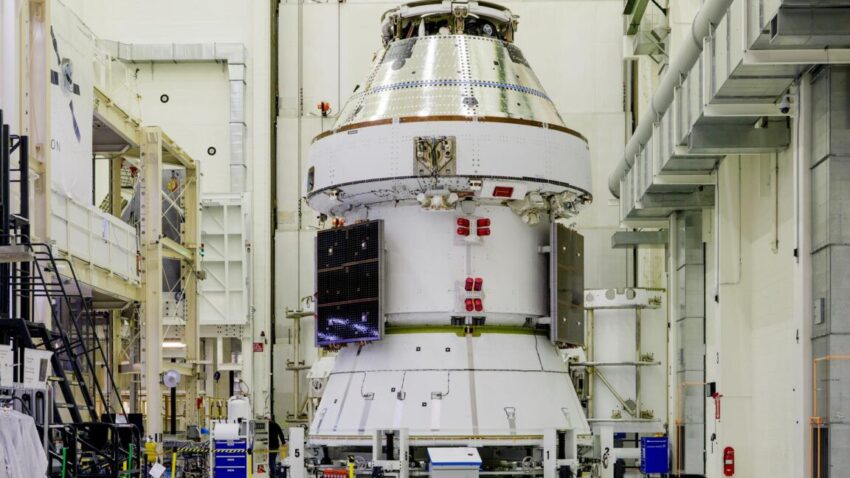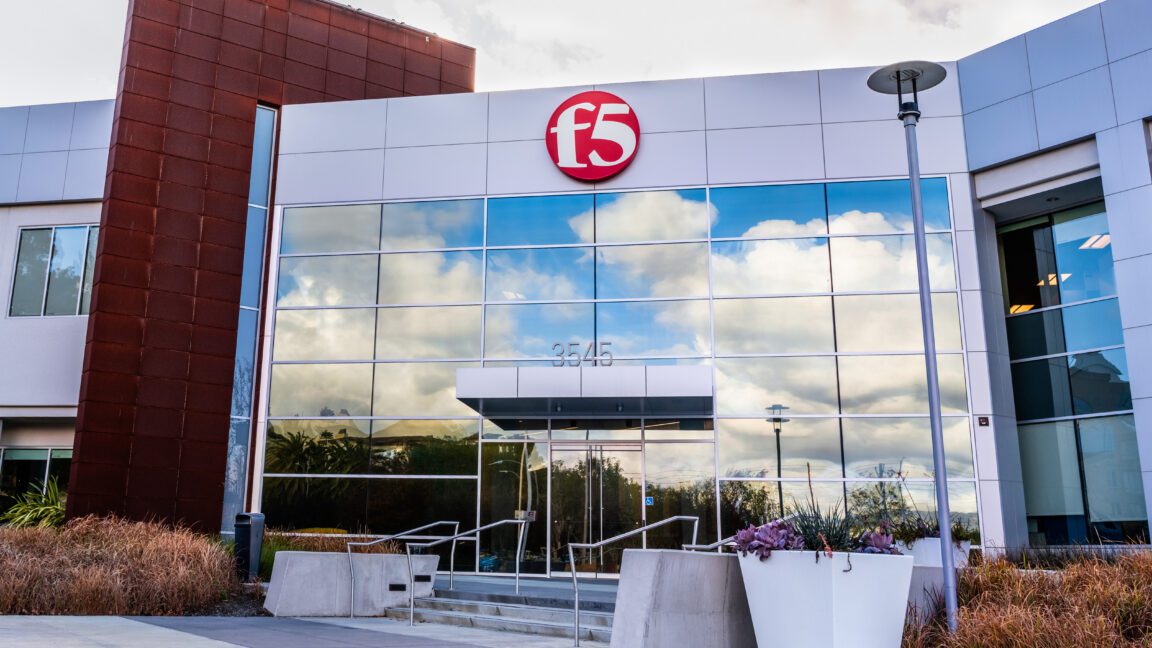
once unthinkable nasa and lockheed now consider NASA and Lockheed Martin are exploring the possibility of launching the Orion spacecraft on rockets other than the Space Launch System (SLS), a significant shift in their long-standing partnership.
once unthinkable nasa and lockheed now consider
The Historical Context of Orion and SLS
The Orion spacecraft and the Space Launch System (SLS) have been intricately linked since their inception. Developed as part of NASA’s Artemis program, Orion is designed to carry astronauts into deep space, while the SLS serves as the heavy-lift rocket necessary to propel it beyond Earth’s orbit. This relationship has been foundational for NASA’s ambitions to return humans to the Moon and eventually send them to Mars.
For nearly two decades, the SLS has been the designated launch vehicle for Orion, with Congress consistently funding both projects. The partnership was seen as a way to ensure a robust and reliable means of deep space exploration. However, as the landscape of space exploration evolves, so too do the strategies and partnerships that underpin it.
Changing Dynamics in Space Exploration
In recent years, the commercial space sector has experienced rapid growth, with private companies like SpaceX, Blue Origin, and others developing their own launch vehicles. This shift has prompted NASA and Lockheed Martin to reconsider their approach to launching Orion. The increasing reusability of rockets, a focus on cost efficiency, and the potential for commercial applications are driving this reevaluation.
Lockheed Martin’s Strategic Pivot
Lockheed Martin has begun to explore the idea of offering Orion as a service, rather than as a spacecraft strictly tied to the SLS. This pivot reflects a broader trend in the aerospace industry, where companies are increasingly looking to provide flexible solutions to meet the diverse needs of their clients.
In interviews, Lockheed officials indicated that they are open to the possibility of launching Orion on different rockets if NASA expresses interest in purchasing missions as a service. This approach could allow NASA to leverage the capabilities of various launch providers, potentially lowering costs and increasing mission flexibility.
Implications for NASA and the Artemis Program
The potential decoupling of Orion from the SLS raises important questions about the future of NASA’s Artemis program. While the SLS has been designed specifically for deep space missions, the introduction of alternative launch options could enhance NASA’s ability to conduct missions more frequently and at a lower cost.
Cost Efficiency and Mission Frequency
One of the primary advantages of launching Orion on different rockets is the potential for cost savings. The SLS has faced significant budget overruns and delays, leading to concerns about its long-term viability. By considering other launch vehicles, NASA could mitigate some of these financial risks.
Moreover, the ability to launch Orion on various rockets could increase the frequency of missions. Currently, the SLS is limited in its launch cadence due to its complexity and cost. If NASA can utilize more commercially available rockets, it may be able to conduct more missions, thereby accelerating its goals for lunar exploration and beyond.
Commercial Space Applications
The shift toward launching Orion on different rockets aligns with the growing trend of commercial space applications. As private companies continue to innovate and develop their own launch capabilities, NASA has the opportunity to collaborate with these entities to enhance its mission objectives.
Potential Partnerships with Private Companies
Lockheed Martin’s openness to launching Orion on various rockets could pave the way for partnerships with private launch providers. Companies like SpaceX and Blue Origin have demonstrated their capabilities in launching payloads to orbit, and their rockets could be suitable for Orion missions.
Such partnerships could also foster a more competitive environment, driving down costs and improving service quality. By leveraging the strengths of commercial launch providers, NASA could enhance its operational efficiency and expand its reach in space exploration.
Stakeholder Reactions
The potential for launching Orion on different rockets has elicited a range of reactions from stakeholders within the aerospace community. Some view this shift as a necessary evolution in response to the changing landscape of space exploration, while others express concerns about the implications for the SLS program.
Support for the Shift
Proponents of the change argue that diversifying launch options is essential for the future of NASA’s exploration goals. They emphasize that the commercial space sector has proven its reliability and efficiency, making it a viable alternative to the SLS. By embracing this shift, NASA can position itself to take advantage of the innovations and cost savings offered by private companies.
Concerns About SLS Viability
On the other hand, some stakeholders express concerns about the potential sidelining of the SLS program. The SLS was developed with specific capabilities for deep space missions, and there are fears that relying on commercial rockets could compromise mission objectives. Critics argue that the SLS should remain the primary launch vehicle for Orion to ensure the success of NASA’s ambitious exploration plans.
The Future of Orion and SLS
As NASA and Lockheed Martin consider the implications of launching Orion on different rockets, the future of both the spacecraft and the SLS remains uncertain. The decision to decouple Orion from the SLS could lead to a more flexible and cost-effective approach to space exploration, but it also raises questions about the long-term viability of the SLS program.
Next Steps for NASA and Lockheed Martin
Moving forward, NASA and Lockheed Martin will need to carefully evaluate their options and consider the potential benefits and risks associated with launching Orion on different rockets. This evaluation will involve assessing the capabilities of various commercial launch providers, as well as the technical requirements of the Orion spacecraft.
Additionally, NASA will need to engage with Congress and other stakeholders to communicate the rationale behind any changes to the launch strategy. Transparency and collaboration will be essential to ensure that all parties are aligned on the goals and objectives of the Artemis program.
Conclusion
The prospect of launching the Orion spacecraft on rockets other than the SLS marks a significant turning point in NASA’s approach to space exploration. As Lockheed Martin pivots toward a more flexible model that embraces commercial partnerships, the future of the Artemis program may become more dynamic and responsive to the evolving landscape of space exploration.
While the SLS has been a cornerstone of NASA’s deep space ambitions, the exploration of alternative launch options could enhance mission frequency, reduce costs, and foster innovation. As the aerospace industry continues to evolve, NASA’s willingness to adapt and collaborate with commercial partners will be crucial in achieving its exploration goals.
Source: Original report
Was this helpful?
Last Modified: October 16, 2025 at 2:36 am
0 views















